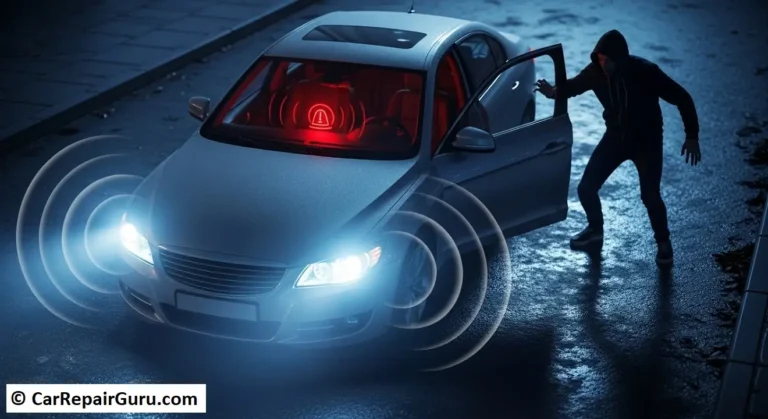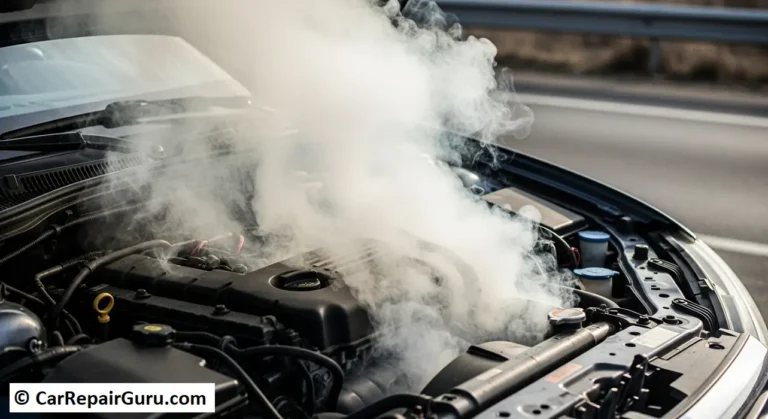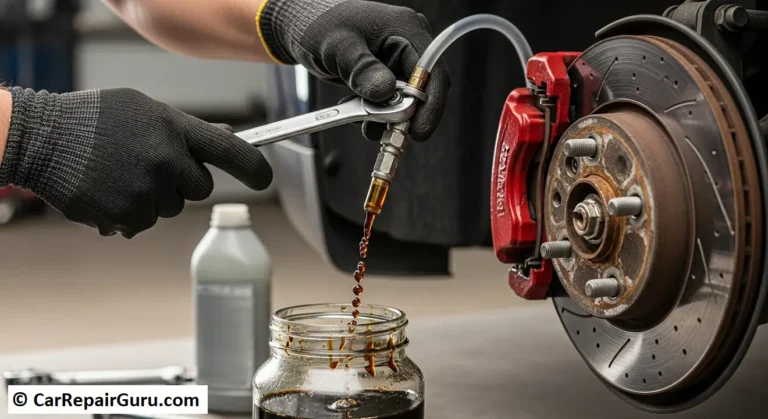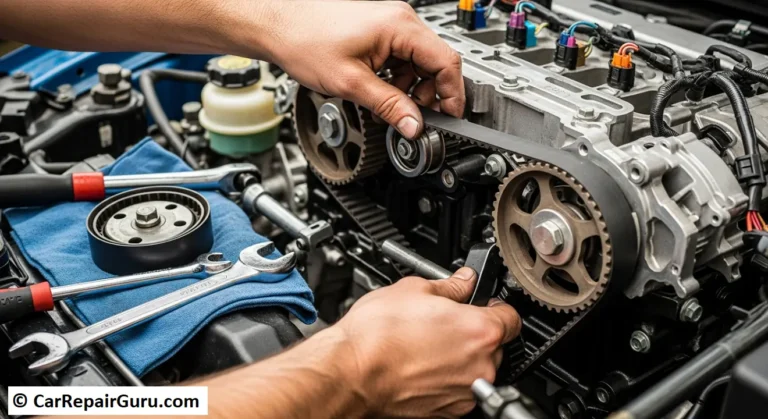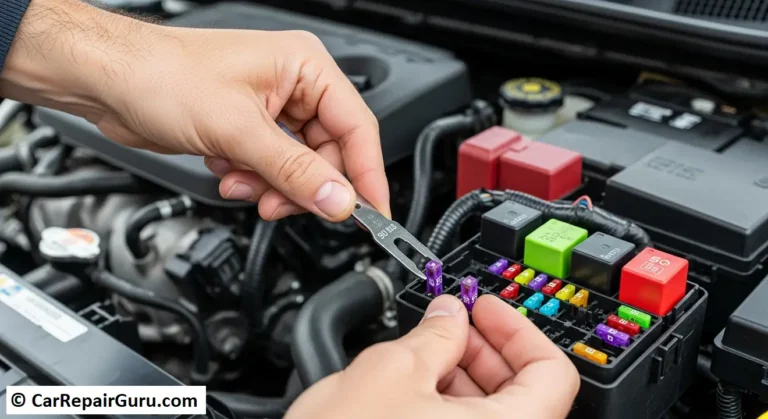
Driving at night presents unique challenges that make it riskier than daytime driving. Reduced visibility, glare from oncoming headlights, and fatigue are just a few factors that can make nighttime driving stressful and unsafe. But with the right strategies, night driving can be both safer and more comfortable.
In this guide, we’ll explore essential night driving tips to help you navigate the roads confidently after dark. Whether it’s optimizing your vehicle’s lights, managing drowsiness, or avoiding glare, these practical tips will ensure you stay safe on your journey. Let’s get started!
Why is Driving at Night More Dangerous?
Driving at night is inherently more dangerous due to several factors. One of the primary risks is reduced visibility, as the absence of natural light limits a driver’s ability to see road hazards, pedestrians, and signage clearly. Even with headlights, the field of vision is significantly narrower compared to daylight.
Glare from oncoming headlights is another challenge. Bright lights can temporarily blind drivers, making it harder to maintain focus and lane control. This issue is especially severe on poorly lit roads or during encounters with vehicles using high beams incorrectly.
Fatigue further compounds these risks. Drivers are more likely to feel drowsy at night due to the body’s natural circadian rhythms, leading to slower reaction times and impaired decision-making.
Statistics emphasize the dangers: According to the National Highway Traffic Safety Administration (NHTSA), nearly 50% of fatal traffic accidents occur at night, despite fewer vehicles on the road during those hours. This stark figure underscores the importance of adopting strategies to mitigate these risks, such as staying alert and optimizing visibility.
Understanding these dangers is the first step to safer nighttime travel. Adopting proactive measures, as outlined in the following sections, can help drivers stay protected on the road after dark.
Essential Night Driving Tips

Stay Alert While Driving at Night
Fatigue is a major risk factor for nighttime accidents. To combat it, ensure you are well-rested before starting your journey. If you feel drowsy, pull over for a short nap or take a break to refresh yourself. Caffeine can be a helpful stimulant, but don’t rely solely on it to keep you awake for extended periods.
Engage in activities to stay mentally active. Listening to upbeat music, podcasts, or engaging in light conversation with passengers can help maintain alertness. Keep the interior temperature slightly cool, as a warm cabin can make you feel more lethargic. Recognizing early signs of fatigue—such as heavy eyelids or difficulty concentrating—is crucial to prevent accidents.
Improve Visibility with Clean Windshields
A clean windshield is essential for reducing glare and ensuring maximum visibility at night. Dust, streaks, or smudges on your windshield can scatter light, intensifying glare from oncoming headlights. Regularly clean the inside and outside of your windshield with a high-quality glass cleaner and a microfiber cloth.
Additionally, inspect your wiper blades for wear and replace them if necessary. Poorly functioning wipers can leave streaks during rainy conditions, further reducing visibility.
Properly functioning headlights are just as important. Clean the headlight lenses to remove dirt and grime that dim light output. Consider upgrading to brighter or adaptive headlights if your current ones are dim or outdated. Keeping all mirrors clean and well-adjusted also helps reduce glare and enhances your peripheral vision. These steps will significantly improve visibility and make driving safer after dark.
Adjust Your Vehicle Lights
Your vehicle’s lighting setup plays a critical role in nighttime driving safety. Start by adjusting your dashboard lights to a dim setting. Bright dashboard lights can cause unnecessary distraction and make it harder to see the road clearly.
Use your high beams strategically. They are ideal for poorly lit or rural roads but should be turned off when approaching oncoming vehicles or driving behind someone to avoid blinding other drivers. If your car is equipped with automatic high-beam assist, activate it to optimize light usage without manual adjustments.
Ensure that all external lights—headlights, brake lights, and turn signals—are functioning correctly before setting out. Properly aligned headlights will not only help you see better but will also prevent dazzling other road users.
Avoid Glare from Oncoming Traffic
Glare from oncoming traffic is one of the biggest challenges of night driving. To minimize its impact, focus your eyes on the right-hand side of the road. This technique helps you avoid staring directly at bright headlights while still monitoring the lane ahead.
Consider investing in polarized glasses designed to reduce glare. These glasses are particularly effective for filtering out harsh light and can significantly improve visual comfort during night drives. However, ensure your glasses are non-tinted, as tinted lenses can further reduce visibility in low-light conditions.
Additionally, keep your car’s interior as dark as possible. Avoid using cabin lights, and dim your dashboard display to minimize internal reflections that can worsen the glare effect. With these adjustments, you can maintain better focus and reduce visual strain.
Plan Safe Night Driving Routes
Choosing the right route is essential for a safe nighttime journey. Whenever possible, opt for well-lit highways or main roads over dimly lit rural routes. Well-lit roads provide better visibility, making it easier to spot potential hazards like pedestrians, animals, or debris.
Use a GPS or navigation app to plan your route in advance. Many modern navigation systems can highlight high-risk areas, road closures, or weather conditions that may impact your journey. Knowing the terrain ahead allows you to drive more cautiously and confidently.
Avoid two-lane highways if possible, as these roads often have less lighting and a higher risk of collisions due to oncoming traffic. Sticking to familiar routes can also reduce stress and the likelihood of getting lost. If you must travel on unfamiliar roads, slow down and stay alert for unexpected obstacles.
By planning your route carefully, you’ll reduce risks and enjoy a smoother driving experience at night.
Vehicle Maintenance for Night Driving
Ensuring your vehicle is in optimal condition is essential for safe night driving. Regular maintenance enhances safety by reducing the risk of mechanical issues and improving visibility and control during low-light conditions.
Start with a headlight inspection. Ensure that both low and high beams are functioning correctly and that the lenses are clean and free from yellowing or fogging. Misaligned headlights should be adjusted to provide proper illumination without blinding oncoming drivers. Upgrading to brighter bulbs or LED options can also enhance visibility.
Check your tires for adequate tread depth and proper inflation. Worn tires can reduce grip, especially in wet or slippery conditions common at night. Make sure the tires are inflated to the recommended pressure to maintain optimal handling and safety.
Finally, inspect your brakes regularly. Responsive brakes are critical for sudden stops in reduced visibility. Listen for unusual noises, such as squealing, and address any issues immediately.
In addition to these checks, follow your vehicle’s routine maintenance schedule for oil changes, fluid top-ups, and battery inspections. A well-maintained vehicle not only ensures smoother night drives but also minimizes the risk of unexpected breakdowns, keeping you and others safe on the road.
Advanced Tips for Confident Night Driving

To drive confidently at night, adopt defensive driving strategies and utilize modern technology to enhance safety and visibility. Defensive driving emphasizes anticipation and preparedness, critical skills for nighttime conditions where reduced visibility heightens risks. Maintain a safe following distance, allowing extra time to react to sudden stops or hazards. Lower your speed, especially on poorly lit roads, to provide better control and response time.
Leverage technology to aid your night driving. Night vision assist systems, available in many modern vehicles, use infrared cameras to detect pedestrians, animals, or obstacles beyond the range of headlights. This technology provides an additional layer of safety by alerting you to unseen hazards.
Adaptive headlights are another game-changer. These lights adjust their intensity and direction based on your speed, steering, and road conditions, offering optimal illumination without blinding oncoming drivers. They are particularly useful on winding roads and sharp curves, where traditional headlights may fall short.
Combine these strategies with regular vehicle maintenance and a proactive mindset to stay safe and confident on nighttime journeys. These advanced tips not only improve your driving experience but also protect you and others on the road.
Conclusion
Driving at night presents unique challenges, but with the right precautions, it can be a safer and more confident experience. Key tips include staying alert to combat fatigue, maintaining clean windshields for optimal visibility, and adjusting vehicle lights appropriately to reduce glare and distractions. Defensive driving strategies, combined with modern technology such as night vision assist and adaptive headlights, provide additional layers of protection.
By adopting these practices and ensuring your vehicle is well-maintained, you can significantly reduce risks and enjoy smoother nighttime journeys. Safety starts with preparation and awareness, so make these tips a part of your routine for every after-dark drive. With proactive measures, night driving doesn’t have to be daunting—it can be a seamless and safe part of your travels.
FAQ: Night Driving Safety
Q1: How can I improve my night vision while driving?
Keep windshields and headlights clean, avoid looking at oncoming lights, and get regular eye check-ups.
Q2: What should I do if I feel sleepy while driving?
Pull over safely to rest, drink coffee, or take short breaks to stay alert.
Q3: Are there glasses for night driving?
Yes, anti-glare or polarized glasses can reduce headlight glare and improve visibility.
Q4: Why is night driving more dangerous?
Reduced visibility, glare, and fatigue make nighttime driving riskier than during the day.
